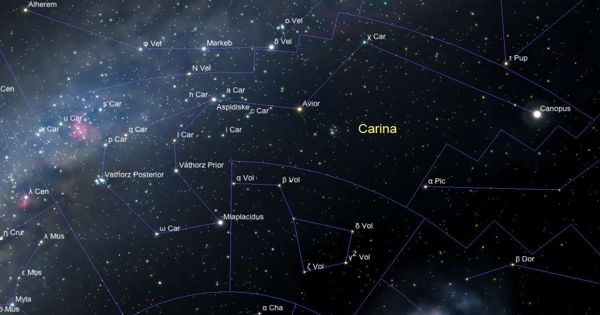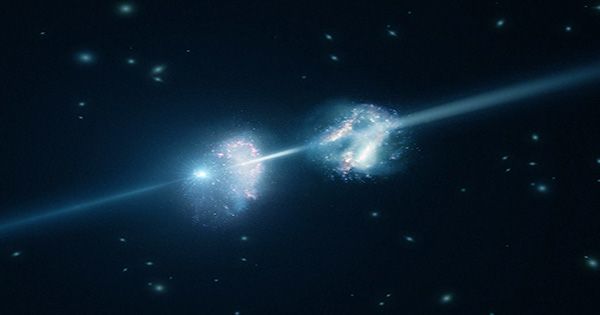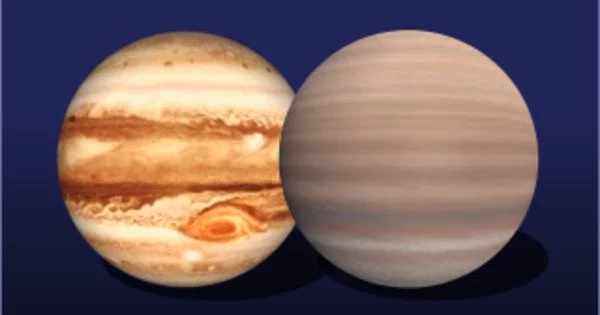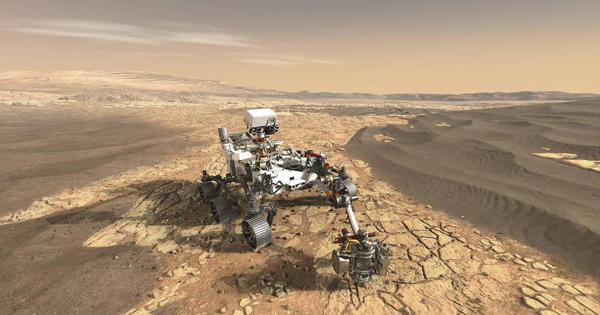V382 Carinae, also named x Carinae, is a yellow hypergiant star. It is visible to the eye and is seen in the Carina constellation. It is 8,900 light-years from Earth and is 747 times the size of our Sun. If V382 Carinae were in the center of our solar system, it would reach as far as the orbit of Jupiter.
It is a G-type star with a mean apparent magnitude of +3.93, and a variable star of low amplitude. With a diameter of almost 1 billion kilometers or 700 times larger than the Sun, it is one of the largest known stars. The physical values of V382 Carinae are, as is often the case with heavy stars of this class, very uncertain and therefore cannot be clearly determined. It is 316,000 times brighter than the Sun.
V382 Carinae is a giant star and is due to its luminosity in the Hertzsprung-Russell Diagram in the luminosity class-divided Ia-0, its properties are above the level of a typical supergiant its spectral class, but V382 Carinae is not as highly luminous as Rho Cassiopeiae or V509 Cassiopeiae, Hypergiant of the same surface temperature.
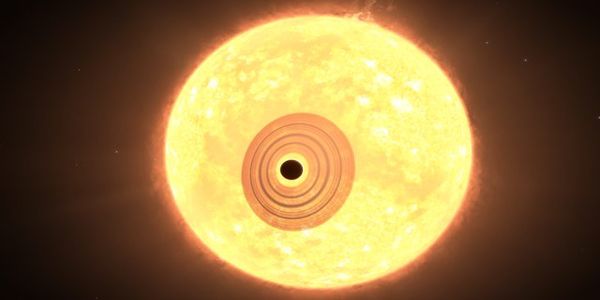
V382 Car is the brightest yellow hypergiant in the night sky, easily visible to the naked eye and brighter than Rho Cassiopeiae although not visible from much of the northern hemisphere. It is part of the ship’s keel (lat. Carina), a constellation located in the plane of the Milky Way, which can be observed almost all year round from the southern hemisphere.
It is 6,200 light-years from Earth and around 500 times the radius of the Sun. The distance from V382 Carinae is about 6000 light-years, so it is very obvious that a large part of its light is attenuated by clouds of dust surrounding it or between it and the sun and that the star, therefore, appears much darker in the sky than it actually is would have to. The large size means that V382 Car is over 200,000 times as luminous as the sun. The center of the Carina Nebula (NGC 3372), the region around the luminous binary systems Eta Carinae and HD 93129 is removed from V382 Carinae from about 2,000 light-years. The low infrared excess suggests that V382 Carinae may be cooling towards a red supergiant phase, less common than yellow hypergiants evolving towards hotter temperatures.
Information Source:
